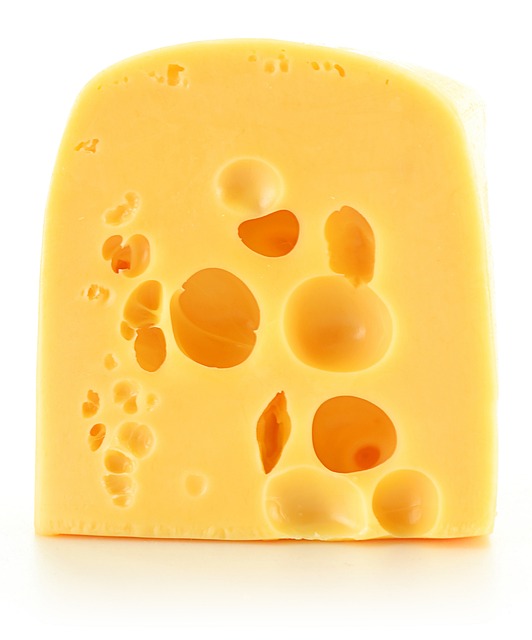This text compares CoolSculpting and liposuction, two leading non-surgical fat reduction techniques. CoolSculpting uses cryolipolysis—cold energy to freeze and eliminate fat cells—while liposuction suctions them out through incisions. Key differences include recovery time (CoolSculpting has minimal downtime), discomfort (CoolSculpting is pain-free), and results (liposuction offers more precise, immediate results). Suitability varies based on body type and goals; CoolSculpting is generally suitable for moderate fat reduction, while liposuction is better for significant areas. Consulting a healthcare provider is crucial to selecting the best method tailored to individual needs.
“Discover the future of body contouring with a non-surgical fat reduction comparison between CoolSculpting and Liposuction. Both techniques aim to eliminate stubborn fat, but how do they stack up? This comprehensive guide explores each method’s unique approach: CoolSculpting’s freeze-based technology versus Liposuction’s surgical excision.
We’ll delve into procedure details, patient eligibility, results, recovery, and considerations to help you choose the right non-surgical fat reduction technique for your goals.”
Understanding Non-Surgical Fat Reduction Techniques

Non-surgical fat reduction techniques have gained significant popularity in recent years, offering individuals a safer and more comfortable alternative to traditional surgical procedures like liposuction. These innovative methods focus on freezing or breaking down fat cells without any incisions or extensive recovery periods. CoolSculpting and Liposuction are two prominent contenders in this space, each with its own unique approach.
In the case of CoolSculpting, a non-invasive procedure, targeted cold energy is applied to specific areas, effectively selecting and freezing fat cells. This process leads to their breakdown and subsequent removal by the body’s natural metabolic processes. On the other hand, liposuction involves suction to physically extract fat cells from targeted areas, requiring minimal incisions. The comparison between these two methods lies in their effectiveness, recovery time, and patient comfort levels, making it essential for individuals considering non-surgical fat reduction to explore these options thoroughly.
CoolSculpting: A Freeze-Based Approach to Fat Loss

CoolSculpting represents a revolutionary non-surgical approach to fat reduction, utilizing cryolipolysis—a process that freezes and eliminates targeted fat cells. Unlike traditional liposuction, this method is pain-free and offers several advantages. During the treatment, a cooling gel pad is applied to the area, gently freezing the fat while leaving the surrounding tissue unharmed. This innovative technology has gained popularity due to its ability to reduce stubborn fat without incisions or anesthesia.
In contrast to liposuction’s invasive nature, CoolSculpting provides a comfortable alternative, making it an appealing option for individuals seeking fat loss without surgery. The procedure is typically non-disruptive, allowing patients to resume their normal activities immediately after the session. This gentle approach ensures minimal downtime and delivers noticeable results over time as the body naturally processes and eliminates the frozen fat cells.
Liposuction: Surgical Excision for Body Contouring

Liposuction is a popular surgical procedure for body contouring, offering a more invasive approach to fat reduction compared to non-surgical methods like CoolSculpting. During the procedure, a surgeon makes incisions in targeted areas and uses specialized tools to suction out excess fat cells. This method provides precise results, allowing doctors to shape and define specific body parts.
Unlike CoolSculpting, which freezes fat cells, liposuction permanently eliminates them. It’s ideal for individuals seeking significant fat reduction in particular problem areas. However, as a surgical procedure, it carries risks and requires a recovery period, making it a more intensive option compared to the non-surgical alternative.
Procedure Details and Patient Eligibility

CoolSculpting and liposuction are both popular non-surgical fat reduction procedures, but they work in distinct ways. CoolSculpting uses cryolipolysis, a process that cools targeted fat cells to freeze them, causing them to be eliminated by the body naturally over time. The procedure is typically non-invasive, with no incisions or needles involved, making it an attractive option for those seeking a painless alternative to surgery. On the other hand, liposuction involves suctioning fat from specific areas using a cannula, a thin tube inserted into the skin. This method offers more targeted fat removal compared to CoolSculpting.
Patient eligibility varies for both procedures depending on factors like body type, skin elasticity, and overall health. In general, CoolSculpting is suitable for individuals with moderate to moderate-to-severe fat bulges in areas like the abdomen, thighs, and flanks. Liposuction, while more invasive, can be considered for patients aiming for more dramatic results or specific area contouring. Consulting with a qualified healthcare provider is crucial to determine eligibility and choose the best procedure aligned with individual needs and goals.
Comparison: CoolSculpting vs Liposuction Results and Recovery

When comparing CoolSculpting to liposuction for non-surgical fat reduction, understanding the differences in results and recovery is key. CoolSculpting, a groundbreaking non-invasive procedure, utilizes cryolipolysis to freeze and eliminate targeted fat cells. This method offers a relatively painless experience with minimal downtime. Results typically appear over several months as the body naturally processes and eliminates the affected fat cells. On the other hand, liposuction involves suctioning fat from specific areas using a cannula, requiring small incisions and local anesthesia. While it provides more precise results in targeted zones, liposuction generally entails a slightly longer recovery period compared to CoolSculpting.
Both procedures have their advantages, catering to different preferences and needs. CoolSculpting is ideal for those seeking minimal disruption to their daily routine, while liposuction might be preferred by individuals aiming for more dramatic and immediate changes. Ultimately, the choice between these non-surgical fat reduction methods depends on personal goals, recovery tolerance, and the desired outcome.
Considerations for Choosing the Right Method

When deciding between CoolSculpting and Liposuction for non-surgical fat reduction, several factors come into play. Both procedures aim to eliminate unwanted fat but differ significantly in their approach. CoolSculpting uses cryolipolysis, freezing off fat cells, while Liposuction involves suctioning them out. The former is less invasive, causing minimal downtime, whereas liposuction may require a brief hospital stay.
Cost and recovery time are also critical considerations. CoolSculpting treatments can be more affordable, making it an attractive option for those on a budget. Liposuction, with its potential for quicker results in specific areas, might appeal to patients seeking faster and more targeted fat reduction. Ultimately, the choice should align with individual goals, preferences, and medical advice.
